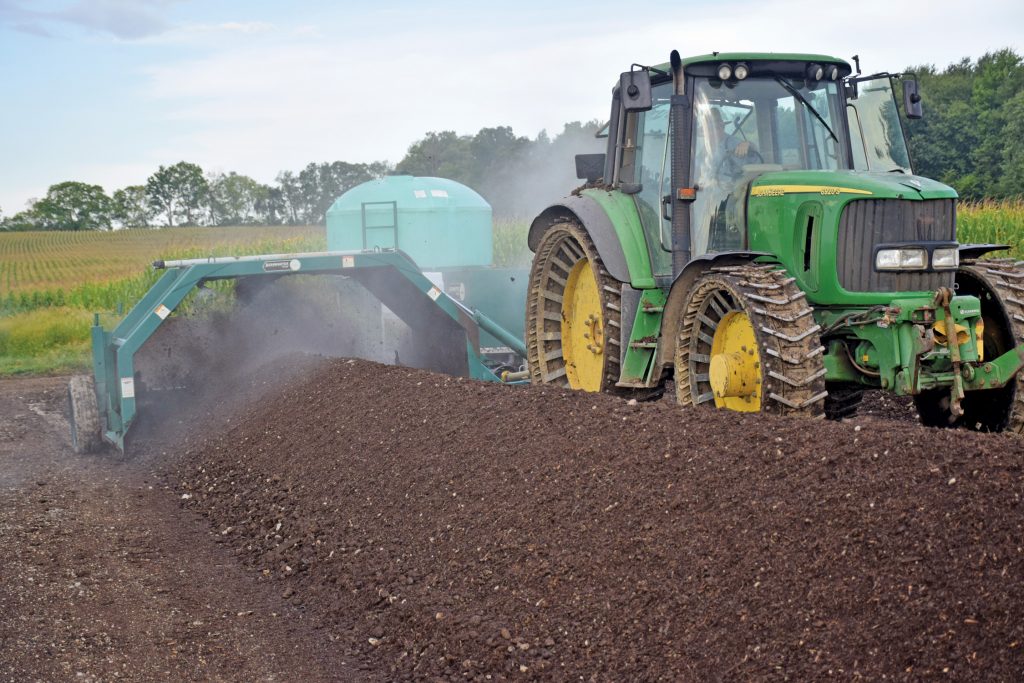What is humus?

While it seems like a simple enough question, “What is humus?” it’s certainly is not easy one to answer. The definition of humus according to the Encyclopedia Brittanica: “Humus, nonliving, finely divided organic matter in soil, derived from microbial decomposition of plant and animal substances. Humus, which ranges in colour from brown to black, consists of about 60 percent carbon, 6 percent nitrogen, and smaller amounts of phosphorus and sulfur. As humus decomposes, its components are changed into forms usable by plants.”
From this rather basic description, you can begin to discover some of the important functions of humus. Research has clearly shown that plant remains eventually decompose down to their most basic components. Only after the total disintegration of all of the plant material can the elements carbon, nitrogen, potassium, phosphorus, and magnesium does the construction process begin on what we call humus.
As part of their life cycle, plants will seasonally shed leaves, branches, and other plant parts. As they fall to the ground, they create a layer on the ground commonly called leaf litter. Animals, too, die. The carcass also comes in contact with the ground and becomes part of the soil.
All these materials will then undergo a process of decomposition. The original form gradually returns to the most basic chemical components. These are exactly the substances and the same nutrients needed by soil-dependent plants.
Aside from adding nutrients, humus also loosens the texture of the soil. With a more loose and free texture, air and water can more easily penetrate, and oxygen can reach the plant’s root system faster.
